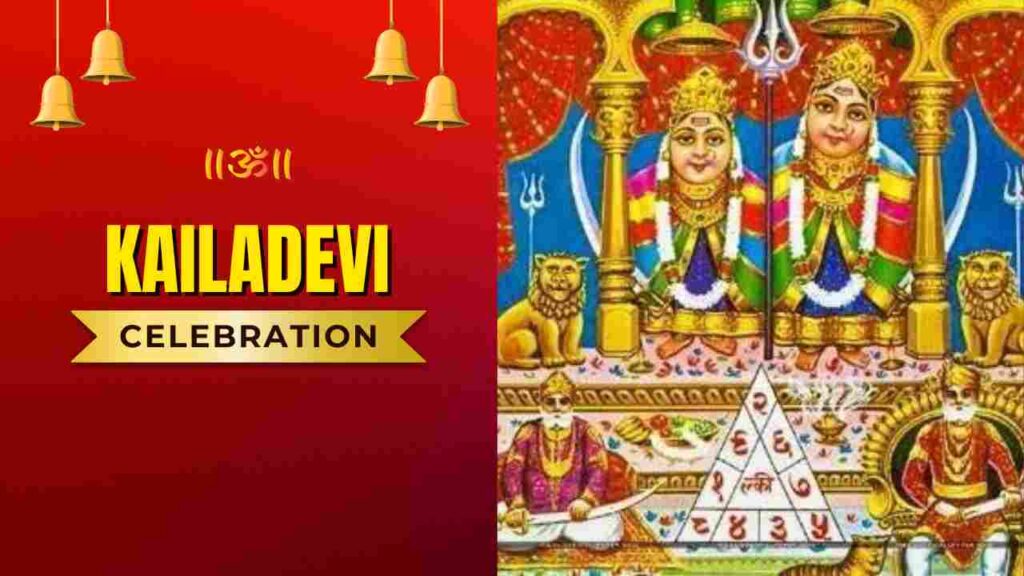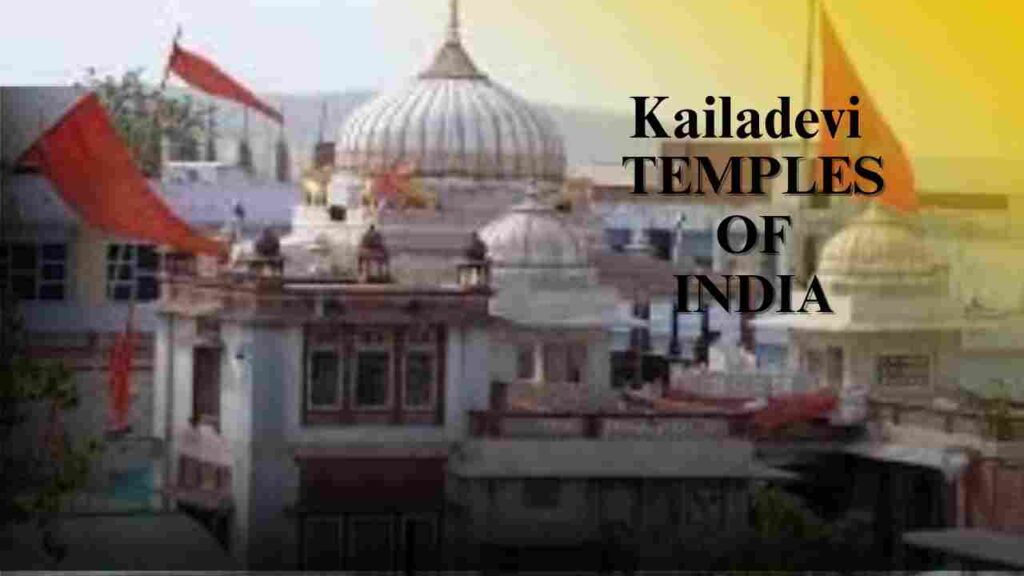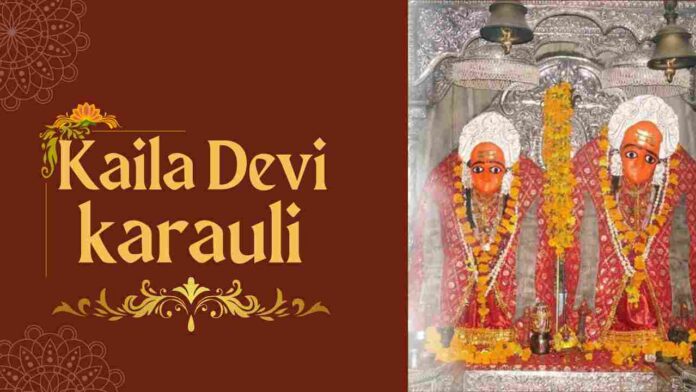- Keladevi a religious pilgrimage center of Rajasthan, INDIA with Sage Keladev temple of Goddess Keladevi the goddess Durga. The place surrounded by the Aravalli hills is one among the most important pilgrim centers, where thousands of people visit every year. Facts, traditions, and mythology come together in Keladevi, where people feel the spirit of spirituality and multicultural colouring during the amazing Keladevi Fair. Due to its unmatched appeal and spiritual importance, the sight is perfect for ancient pilgrimage and history lovers.
- Keladevi is a village in the area of the Karauli district in Rajasthan of the country of India. The city is about 23 km from Karauli town and around 170 km from Jaipur, the state capital. Also, many ancillary roads connect the temple to other important places like Agra, which is 150 km away, and Delhi which is 275 km away so that reaching the temple is not a problem. The fact that it is located close to many big cities makes it a perfect, yet relaxing, spiritual destination.
Historical and Mythological Significance:
- Keladevi Temple has clear connection with Hindu mythology and religious beliefs. Keladevi, regarded as the outpost of Kaila Devi, is believed to be life’s rebirth of Mahayogini Mahamaya, the downrush of the divine Nanda and Yashoda. In the later puranic stories, it is said that when Kansa tried to hurt her, she assumed her divine form and said that Krishna whom he wanted to eliminate had been born already. This powerful goddess Kail devi is also known as Kuldevi of Yaduvansh which means the deity who guards the Yaduvansh family and provides strength.
- Kaila Devi or Keladevi has a great amount of mythology that depicts her as a god and her importance in the same. Among such legends, there is one associated with her previous existence as Mahayogini Mahamaya. She was the daughter of Nanda and Yashoda and exchanged her baby Krishna with him in order to save him from Kansa. Once Kansa attempted at killing her, she exposed herself to him and reminded him that the person he feared – Krishna – was already born in another place.

- Another legend is about how she taught a regional hegemone how to construct her temple in a dream on the place. The goddess is also believed to protect her followers from evil spirits and grant their requests as well as to explain why it holds great power in the spirit world among the people of that region.
Architecture and Cultural Appeal:
Historically and culturally the structure and designs of Kaila Devi Temple are of importance. There are records of when the temple was built at Kala Gram in the time of Khinchi Rajputs of Gagron. In the year of 1116, there was the change of more administrators of Khinchi in the Muhammad Mukanddas for the service and security service of the temple and regular for offerings service of the temple and for continuous service of jyot.

Architectural Style:
Subsequently, the temple was extended by King Raghudas who built it from beautiful red stone. This architectural decision also positively predisposes the appearance of the temple and gives it a truly royal and majestic British Rajasthani style. The artifacts found in the temple along with precise carving and symmetrical views of the temple resemble the view of art from the period.
Key Features:
Essence Shrine contains the principal deity Maa Kailadevi and idol of Maa Chamunda making union of two shaktis. Some of its features include; it has a relatively large compound that provides a background for rituals and other functions for devotees, most especially during festivals.
Management Legacy:
Since then the local Karauli princely state has become the governing body of the temple and stands performs the functions of spiritual and historical preservation. This constant support helps the temple retain its importance of worshipping and a social cultural hub.
Unique features of the temple (e.g., idols, carvings, rituals):
Thus, the outstanding feature of the Kaila Devi Temple can be identified. The idols of **Maa Kailadevi**, sitting posture and **Maa Chamunda** having the posture of reclining indicate protection . Made out of red sandstone the architectural masterpiece incorporates the rich Rajput artwork with spiritual significance. A **sacred lamp (Jyot)** is always lit and has been burning for generations since the rule of Mukanddas . It centre the famous **Kaila Devi Fair** where many thousand of piligrims come and walking many kilometers. Some of the Nyingma devotees hang bells that ring when tied and surrounding the courtyard contributes greatly to calmness. Located close to the bank of the **Kalisil River**, the temple coming up will have its nucleus that will provide peace and sanctity to all.
